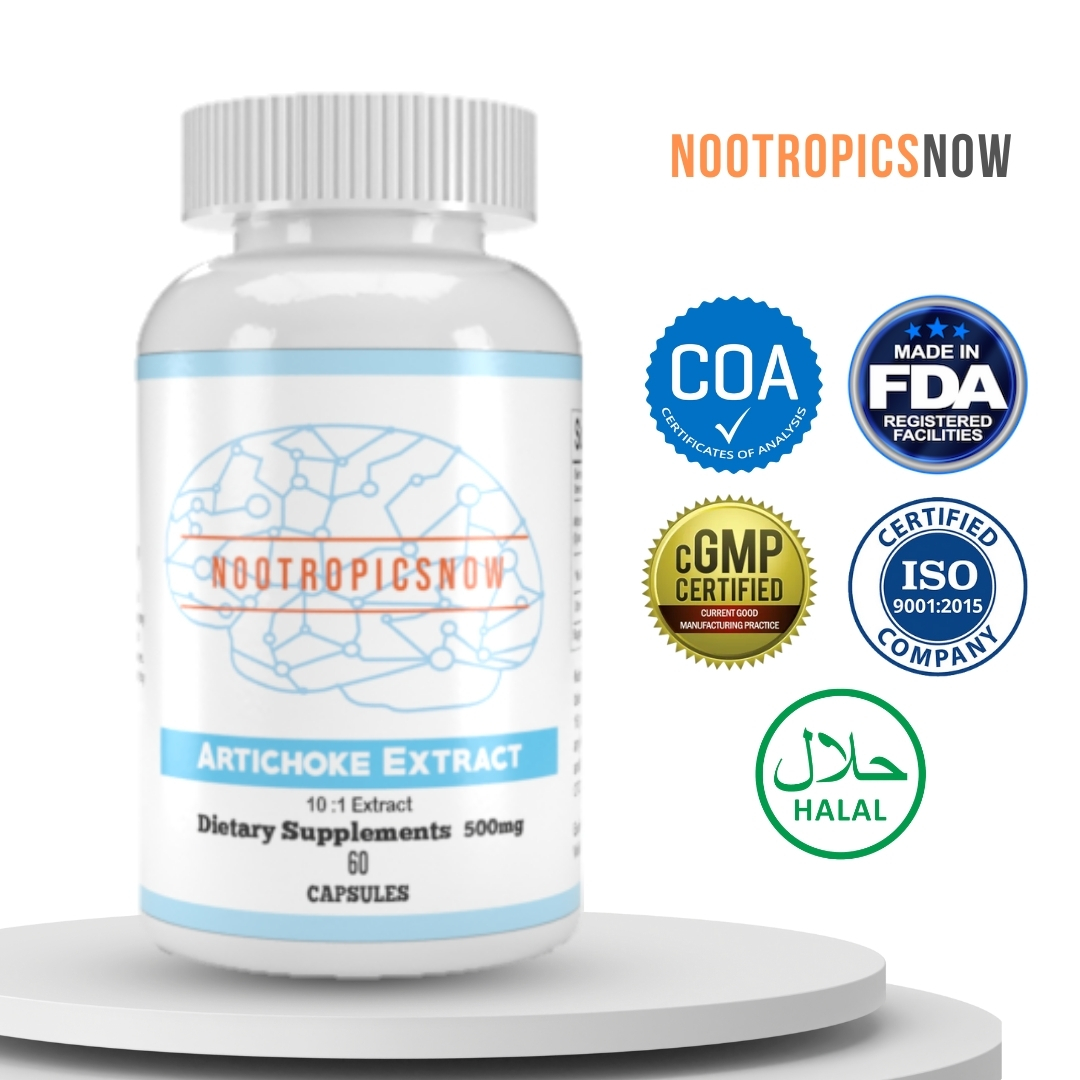Atomoxetine: Uses, Side Effects & More

Atomoxetine: A Comprehensive Guide
Atomoxetine represents a pivotal non-stimulant medication primarily prescribed for the management of Attention Deficit Hyperactivity Disorder (ADHD) in both children and adults. Unlike stimulant medications commonly used for ADHD, atomoxetine offers a different mechanism of action. Consequently, it becomes a preferred choice for individuals where stimulants are contraindicated or less desirable. Sold under the brand name Strattera, atomoxetine affects the brain by increasing norepinephrine levels, thereby influencing attention and impulse control.
Understanding Atomoxetine’s Role in ADHD Treatment
ADHD is characterized by inattention, hyperactivity, and impulsivity. While stimulant medications like methylphenidate and amphetamine are effective, they may not be suitable for everyone due to potential side effects, abuse potential, or underlying health conditions. Atomoxetine, therefore, presents a viable alternative. It targets the norepinephrine neurotransmitter system, which plays a crucial role in focus, attention span, and executive functions. Through its selective norepinephrine reuptake inhibition (SNRI) action, atomoxetine enhances norepinephrine levels in the prefrontal cortex. This increase assists in modulating cognitive functions.
Consider supporting your cognitive function with supplements like:

View Product
How Atomoxetine Works: A Detailed Mechanism
Atomoxetine’s mechanism of action is centered on its role as a selective norepinephrine reuptake inhibitor (SNRI). In simpler terms, it specifically blocks the reabsorption (reuptake) of norepinephrine in the brain. Norepinephrine is a neurotransmitter that plays a vital part in attention, focus, and impulse control. When norepinephrine is released, it transmits signals between neurons; normally, it is then reabsorbed. Atomoxetine prevents this reuptake, leading to higher concentrations of norepinephrine in the synaptic cleft. This elevation intensifies and prolongs norepinephrine’s effects on postsynaptic receptors. Consequently, neural pathways associated with attention and impulse control become more efficient.
Furthermore, although atomoxetine directly affects norepinephrine, it indirectly influences dopamine levels, particularly in the prefrontal cortex. The prefrontal cortex, responsible for executive functions, lacks specific dopamine reuptake transporters. Therefore, norepinephrine reuptake inhibition also impacts dopamine levels. This dual effect is crucial in atomoxetine’s therapeutic actions, ensuring improvements in cognitive functions often impaired by ADHD. Unlike stimulant medications, atomoxetine does not significantly affect dopamine levels in other brain regions, reducing the risk of abuse and addiction.
Atomoxetine vs. Stimulants: Key Differences
Atomoxetine and stimulant medications are both prescribed for ADHD; however, they have distinct differences in their mechanisms, onset of action, and potential side effects.
| Feature | Atomoxetine (Strattera) | Stimulant Medications (e.g., Methylphenidate, Amphetamine) |
|---|---|---|
| ———————- | ————————– | ————————————————————– |
| Mechanism of Action | Selective Norepinephrine Reuptake Inhibitor (SNRI) | Primarily dopamine and norepinephrine reuptake inhibitors and releasers |
| Onset of Action | Slower (weeks) | Faster (hours) |
| Abuse Potential | Low | Higher |
| Controlled Substance | No | Yes |
| Common Side Effects | Nausea, decreased appetite, dry mouth, fatigue, insomnia | Decreased appetite, insomnia, anxiety, irritability |
| Schedule | Can be taken at any time, no need for drug holidays | Usually taken during the day, often with drug holidays on weekends |
Stimulants provide immediate relief from ADHD symptoms but may lead to increased blood pressure, heart rate, anxiety, and insomnia. Atomoxetine, conversely, works gradually, needing several weeks to show noticeable effects. Its advantage lies in its lower abuse potential. Since it does not produce immediate euphoria, it’s less prone to misuse.
Who Can Benefit from Atomoxetine?
Atomoxetine is suitable for a wide range of individuals, particularly those diagnosed with ADHD. However, specific patient populations may benefit more from atomoxetine compared to stimulant medications.
Dosage Guidelines: Finding the Right Balance
Proper dosing is crucial for atomoxetine to be effective while minimizing potential side effects. The dosage regimen is typically tailored to the individual’s weight, age, and response to the medication.
Atomoxetine can be taken as a single daily dose or divided into two doses, one in the morning and one in the late afternoon or early evening. Consistency in dosing and timing is important to maintain steady-state plasma concentrations. It is worth mentioning that atomoxetine can be taken with or without food.
Navigating the Side Effects of Atomoxetine
While generally well-tolerated, atomoxetine can cause side effects in some individuals. Understanding these potential side effects is essential for patients and healthcare providers to make informed decisions.
Common Side Effects:
Serious Side Effects:
Precautions and Contraindications: Who Should Avoid Atomoxetine?
While atomoxetine can be a beneficial treatment option, certain conditions and precautions must be considered.
Monitoring: Keeping Track of Progress and Potential Risks
Regular monitoring is crucial to ensure the safe and effective use of atomoxetine. Monitoring may include:
Atomoxetine and Co-occurring Conditions
ADHD often co-occurs with other psychiatric conditions such as anxiety, depression, and learning disabilities. It is important to consider these co-occurring conditions when prescribing atomoxetine.
Patient Education: Empowering Informed Decisions
Providing patients with comprehensive information about atomoxetine is essential for promoting adherence and improving outcomes. Patient education should cover:
Atomoxetine in Combination Therapy
In some cases, atomoxetine may be used in combination with other medications or therapies to optimize treatment outcomes. For instance, it can be used alongside behavioral therapy or cognitive-behavioral therapy (CBT) to provide a comprehensive approach to managing ADHD. In certain situations, healthcare providers may also consider combining atomoxetine with low doses of stimulant medications, although this should be done with caution and careful monitoring.
Recent Advances and Research
Ongoing research continues to explore the potential benefits and applications of atomoxetine beyond ADHD. Studies are investigating its use in other conditions, such as cognitive impairment following traumatic brain injury (TBI) and in managing symptoms of autism spectrum disorder (ASD). While evidence is still preliminary, these investigations may expand the therapeutic role of atomoxetine in the future. Furthermore, research efforts are focused on identifying biomarkers that can predict an individual’s response to atomoxetine, paving the way for personalized treatment approaches.
Long-Term Use Considerations
Atomoxetine can be used as a long-term treatment option for ADHD. However, it is important to periodically reassess the need for continued medication and to monitor for any long-term side effects. Patients should work closely with their healthcare providers to determine the optimal duration of treatment and to address any concerns that may arise over time.
In conclusion, atomoxetine provides a valuable non-stimulant alternative for managing ADHD symptoms in both children and adults. Its unique mechanism of action, combined with careful monitoring and patient education, can help improve outcomes and enhance quality of life for individuals with ADHD. By understanding the nuances of atomoxetine therapy, healthcare providers can make informed decisions that promote patient well-being.
For those looking to learn more about ADHD and potential treatments, consider further resources:

View Product
Atomoxetine: A Comprehensive Guide (Continued)
Atomoxetine vs. Stimulants: Key Differences
Unlike traditional ADHD medications like methylphenidate (Ritalin) and amphetamine (Adderall), atomoxetine is a non-stimulant. This fundamental difference leads to several significant distinctions in how these medications affect patients.
The choice between atomoxetine and stimulants should be based on individual patient needs, medical history, and potential risk factors. Healthcare providers often consider factors like comorbid conditions (e.g., anxiety, substance use disorder), patient preference, and potential for abuse when making treatment decisions.
Atomoxetine for Adults with ADHD: Unique Considerations
While atomoxetine is effective for treating ADHD in children and adolescents, its use in adults requires specific considerations. ADHD symptoms can manifest differently in adulthood, often involving difficulties with organization, time management, and emotional regulation.
Addressing comorbid conditions like anxiety and depression is crucial for adults with ADHD. Supplements such as L-Theanine, known for its calming effects, and St. John’s Wort, often used to support mood, may be considered as part of a holistic approach, always under the guidance of a healthcare professional.

View Product

View Product
Adults considering atomoxetine should have a thorough evaluation to confirm the diagnosis of ADHD and rule out other potential causes of their symptoms. A comprehensive treatment plan that includes therapy, lifestyle modifications, and medication can lead to significant improvements in quality of life. Cognitive Enhancement Supplements like Ginkgo Biloba are a great option to improve memory function.

View Product
Atomoxetine and Pregnancy: Safety Information
The safety of atomoxetine during pregnancy and breastfeeding is not well-established. Limited data from animal studies suggest potential risks to the fetus, and it is unknown whether atomoxetine is excreted in human breast milk.
Women of childbearing potential should use effective contraception while taking atomoxetine. It is essential to inform your healthcare provider if you are pregnant, planning to become pregnant, or breastfeeding before starting atomoxetine treatment.
Atomoxetine Withdrawal: What to Expect
Unlike stimulant medications, atomoxetine is not associated with a significant withdrawal syndrome when discontinued. However, some individuals may experience mild symptoms upon stopping atomoxetine, especially if the medication is stopped abruptly after long-term use.
It is crucial to communicate with your healthcare provider before making any changes to your atomoxetine dosage or stopping the medication altogether.
Atomoxetine and Liver Function: A Note of Caution
Atomoxetine is metabolized by the liver, and there is a potential risk of liver injury in some individuals. While rare, serious liver problems have been reported in patients taking atomoxetine.
If any of these symptoms occur, patients should immediately contact their healthcare provider. Atomoxetine should be discontinued if there is evidence of significant liver injury.
Atomoxetine Overdose: What to Do
Overdosing on atomoxetine can lead to serious medical complications. It is important to seek immediate medical attention if an overdose is suspected.
It is essential to keep atomoxetine out of reach of children and to take the medication exactly as prescribed by your healthcare provider.
Cost and Availability of Atomoxetine
The cost of atomoxetine can vary depending on the brand (Strattera vs. generic), dosage, and pharmacy. Generic versions of atomoxetine are typically less expensive than the brand-name medication.
Atomoxetine is available by prescription only. Talk to your healthcare provider to determine if atomoxetine is the right treatment option for you or your child.


